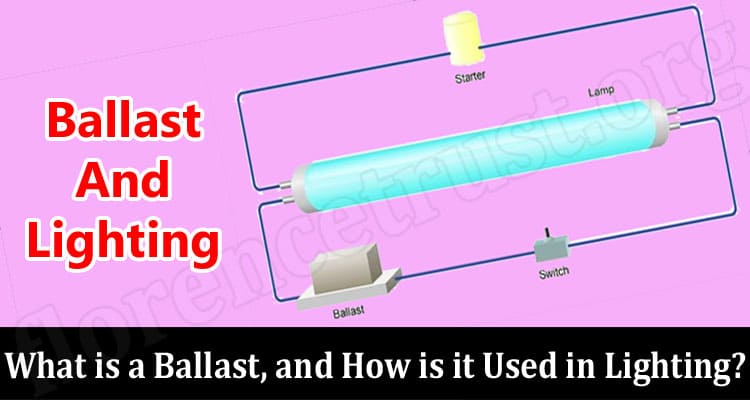Ballast: Lighting is a major consideration for any refurbishment project, domestic or commercial. Leaps in technology have given us many different options for lighting, from vintage filament bulbs to contemporary IoT-enabled LED lighting technology.
If you are looking to install a new lighting fixture, you may be preoccupied with the type of light delivery. But some light fittings require additional circuitry to operate effectively, in the form of ballast. What exactly is a ballast – and when might you need one?
What is a Ballast?
A ballast is an electronic circuit designed for usage in luminaires or light fittings. Its purpose is to regulate current and voltage in the fitting, to enable the proper and safe operation of the light itself. Ballasts exist in various designs, with different specific iterations for specific kinds of bulbs.
More specifically, it has two functions. The first is to facilitate the high voltage necessary to ‘start’ certain types of light fitting or bulbs. The second is to regulate the current used in the operation of the lightbulb, whether automatically or semi-manually by the user.
How Do Ballasts Work?
The conventional electronic ballast circuit is an array of diodes and transistors, used in conjunction with resistors, inductors, and capacitors to form a conditioning circuit for incoming power to the luminaire. For fluorescent-bulbed luminaires, the circuit enables an initial burst of high voltage to ‘arc’ in the fluorescent bulb, before limiting the voltage and current for maximum efficacy and efficiency.
There are different types of ballast for different lighting fixtures, with differing internal circuitry biased to the needs of the bulbs and fittings in question. The essential purpose is the same across the board: to facilitate the lighting of a bulb, and to prevent its burnout through a high draw of current.
Some ballasts also include a separate ‘heater’ circuit, to maintain an optimum temperature in the bulb’s electrode. Others feature sophisticated dimmer circuits, to enable users to affect the bulb’s current flow direction. There are also simple ballasts that work, in principle, like an RLC circuit.
Can Ballasts Be Used in All Light Fittings?
Ballasts are a necessary piece of equipment in fluorescent lighting rigs to extend lifespans and prevent blowouts. They are also found in newer neon and LED lighting configurations, though LED ballasts are significantly different in terms of their architecture owing to the lower power requirements of LEDs.
Ballasts are not required in every form of a lighting system, though. Modern LED bulbs may have their ballast circuitry built-in, while older filament bulbs do not require any form of surge circuitry – besides optional dimmer switches. Also Read – 7 Quality Storages You Should Have


